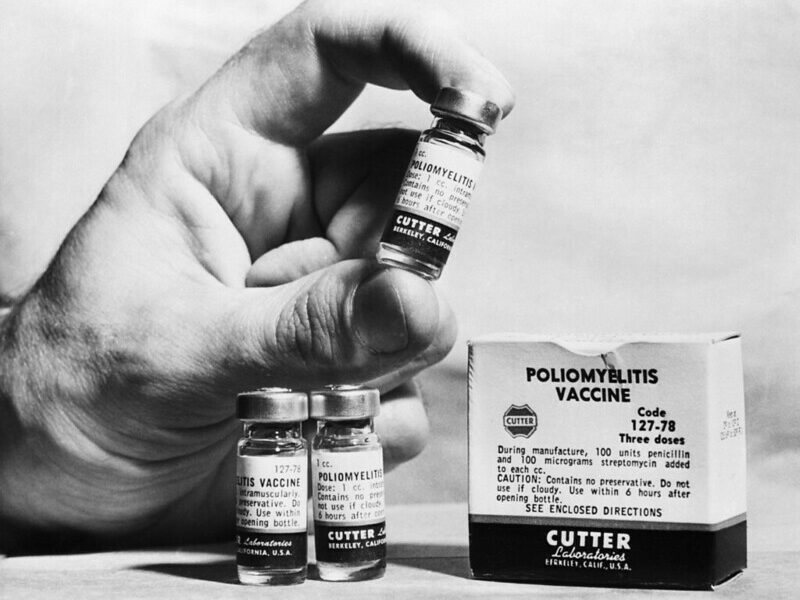Researchers at Ohio State University, and Utrecht University in the Netherlands are collaborating to better understand the porcine deltacoronavirus (PDCoV) and its possible public health implications. During laboratory studies, researchers found that the virus readily infects human, chicken and cat cells [1,2]. It is important to note that outside of the laboratory, there are no known human cases contracting the virus; However, its ability to bind to receptors in human cells is concerning as this raises the threat of an outbreak in human populations [1].
The porcine deltacoronavirus was first identified in pigs in China in 2012, but had no clinical disease associated with it at the time. However, in 2014, a diarrheal outbreak in pigs located in Ohio was attributed to the virus. Since this outbreak was identified, the virus has been detected in pigs in several other countries [2].
Scientists and public health officials alike recognize the potential of the virus to pose a larger threat, due to its similarity to the coronaviruses responsible for causing the Severe Acute Respiratory Syndrome (SARS) outbreak that originated in Asia in 2003, and the ongoing Middle East Respiratory Syndrome (MERS) outbreak that originated in the Arabian Peninsula [3,4]. According to the World Health Organization (WHO), the 2003 SARS outbreak was responsible for 8,098 infections and 774 deaths globally, and since 2012, there have been 2,206 confirmed cases and 787 deaths due to MERS [5,6].
Coronaviruses are a class of virus that are commonly linked to infections in the nose, throat and upper respiratory tract [7]. Their name comes from their unique shape, which resembles a crown [7]. In humans, they are commonly transmitted through droplets that spread in the air through coughing and sneezing, close personal contact, or through touching surfaces that have viral particles on them [8]. Most infections recover on their own, as there are no specific treatments for common coronavirus infections, though the Center for Disease Control and Prevention (CDC) recommends that those infected drink plenty of liquids, get ample rest and take pain and fever medications for symptoms [9]. For severe or concerning symptoms, the CDC recommends visiting a healthcare provider for further treatment [9].
Now that researchers know that the porcine deltacoronavirus virus can infect non-porcine cells, it is important to see if infected pigs can transmit the virus to other species in nature, and if natural infection results in clinical disease [1]. By better understanding how the virus may infect and causes clinical disease, the public health community can be prepared to handle an outbreak should the virus jump to the human species.
Sources:
[2 https://news.osu.edu/news/2018/05/14/research-pig-virus/
[3] https://www.cdc.gov/sars/about/fs-sars.html
[4] https://www.cdc.gov/coronavirus/mers/about/index.html
[5] https://www.cdc.gov/sars/about/fs-SARS.pdf
[6] http://www.who.int/emergencies/mers-cov/en/
[7] https://www.webmd.com/lung/coronavirus#1
